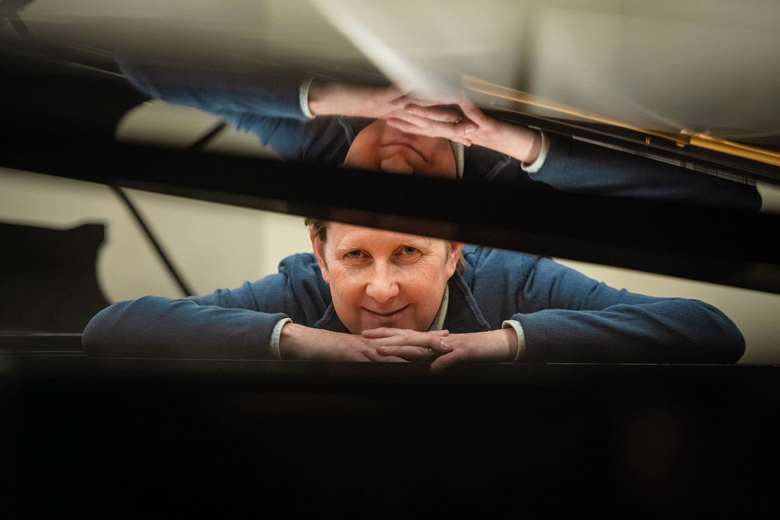The Player: Richard Fairhurst
David Gallant
Thursday, August 8, 2024
British keyboardist-composer Richard Fairhurst loves the orchestral possibilities offered by his chosen instrument. Here he tells David Gallant about his musical journey and the pianos and synths he’s played over the years


Register now to continue reading

Thank you for visiting Jazzwise.co.uk. Sign up for a free account today to enjoy the following benefits:
- Free access to 3 subscriber-only articles per month
- Unlimited access to our news, live reviews and artist pages
- Free email newsletter


